ONE RING Scientists have created a new form of carbon consisting of 18 atoms arranged in a ring, illustrated here with data from an atomic force microscope. Bonds between atoms are alternately longer and shorter, giving the ring nine sides.
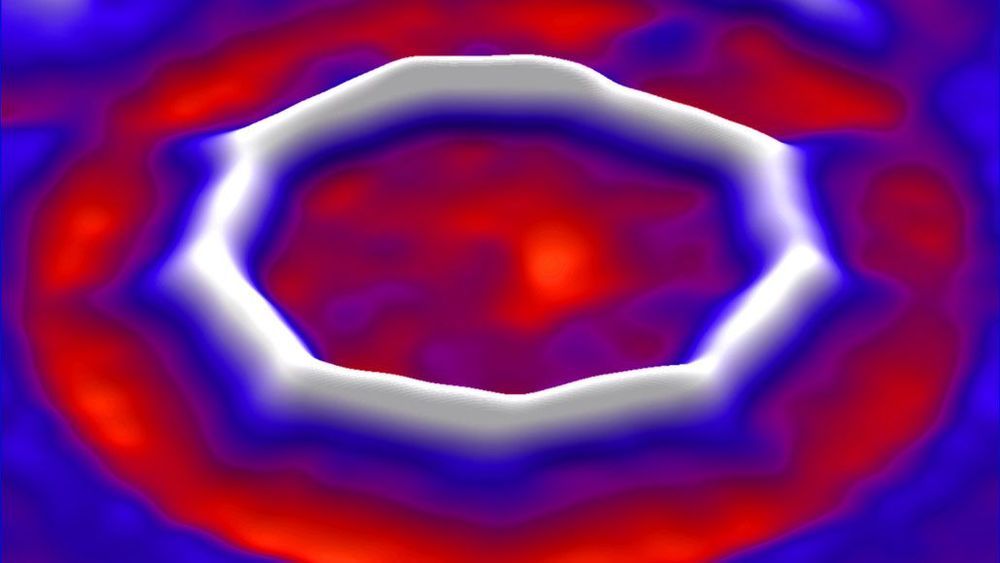

This is already happening on a small testing scale; the Big roll out is coming in 4 or 5 years.
UPS has been delivering a new kind of automated mail — and it’s not via email.
The parcel delivery company has revealed a collaboration with TuSimple. In a statement, they said that, since May, the autonomous truck company has been carrying UPS cargo on a 115-mile route between Phoenix and Tucson.
RELATED: NEW VIDEO SHOWS TESLA’S FULL SELF-DRIVING TECHNOLOGY AT WORK

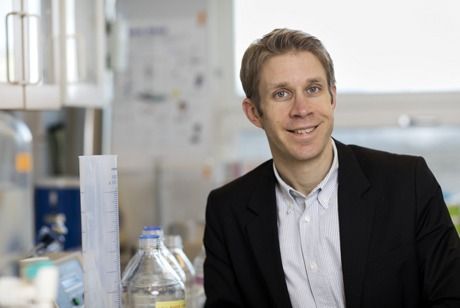
University of Gothenburg NEWS: JUN 15, 2017.

Researchers have identified an antioxidant – richly occurring in broccoli – as a new antidiabetic substance. A patient study shows significantly lower blood sugar levels in participants who ate broccoli extract with high levels of sulforaphane.
“There are strong indications that this can become a valuable supplement to existing medication,” says Anders Rosengren, Docent in Metabolic Physiology at the University of Gothenburg.
The publication in the journal Science Translational Medicine builds on several years’ research at Sahlgrenska Academy and Wallenberg Centre for Molecular and Translational Medicine, University of Gothenburg, and the Faculty of Medicine at Lund University.
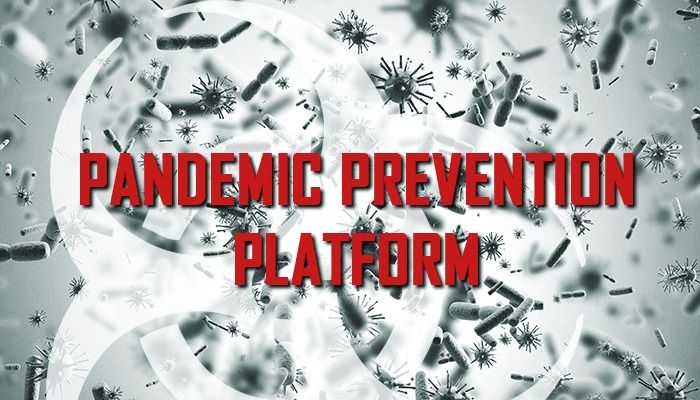
The Defense Advanced Research Projects Agency (DARPA) launched the Pandemic Prevention Platform (P3) program in 2017, with the eventual goal of halting the spread of any infectious disease outbreak before it can escalate into a pandemic.
Current approaches for recent public health emergencies due to infectious diseases have not produced effective preventive or therapeutic solutions in a relevant timescale. Examples from recent outbreaks such as H3N2 (flu), Ebola, and Zika viruses highlight the significant lag in deployment and efficacy of life-saving solutions.
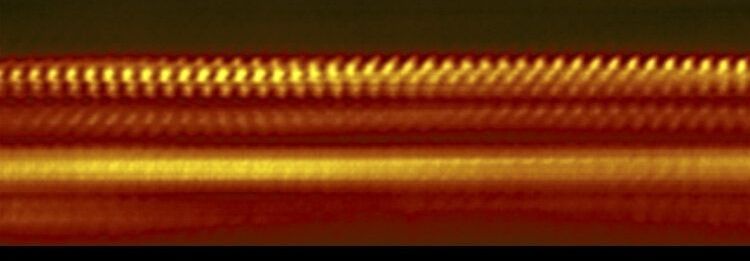
Excess heat given off by smartphones, laptops and other electronic devices can be annoying, but beyond that it contributes to malfunctions and, in extreme cases, can even cause lithium batteries to explode.
To guard against such ills, engineers often insert glass, plastic or even layers of air as insulation to prevent heat-generating components like microprocessors from causing damage or discomforting users.
Now, Stanford researchers have shown that a few layers of atomically thin materials, stacked like sheets of paper atop hot spots, can provide the same insulation as a sheet of glass 100 times thicker. In the near term, thinner heat shields will enable engineers to make electronic devices even more compact than those we have today, said Eric Pop, professor of electrical engineering and senior author of a paper published Aug. 16 in Science Advances.
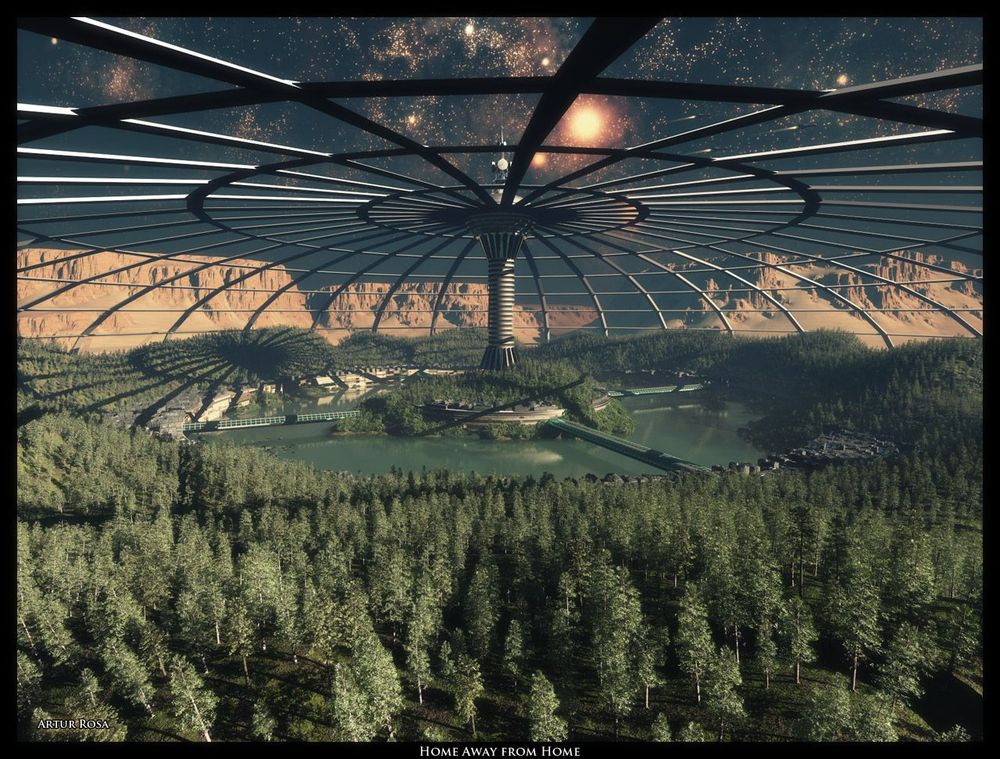
The McKay-Zubrin plan for terraforming Mars in 50 years was cited by Elon Musk.
Orbital mirrors with 100 km radius are required to vaporize the CO2 in the south polar cap. If manufactured of solar sail-like material, such mirrors would have a mass on the order of 200,000 tonnes. If manufactured in space out of asteroidal or Martian moon material, about 120 MWe-years of energy would be needed to produce the required aluminum.
The use of orbiting mirrors is another way for hydrosphere activation. For example, if the 125 km radius reflector discussed earlier for use in vaporizing the pole were to concentrate its power on a smaller region, 27 TW would be available to melt lakes or volatilize nitrate beds. This is triple the power available from the impact of a 10 billion tonne asteroid per year, and in all probability would be far more controllable. A single such mirror could drive vast amounts of water out of the permafrost and into the nascent Martian ecosystem very quickly. Thus while the engineering of such mirrors may be somewhat grandiose, the benefits to terraforming of being able to wield tens of TW of power in a controllable way would be huge.
Sweden is putting people in tiny glass cabins to eliminate stress.
Check us out on Instagram: https://attn.link/2wgJ0Mf
CGI is getting better and better!